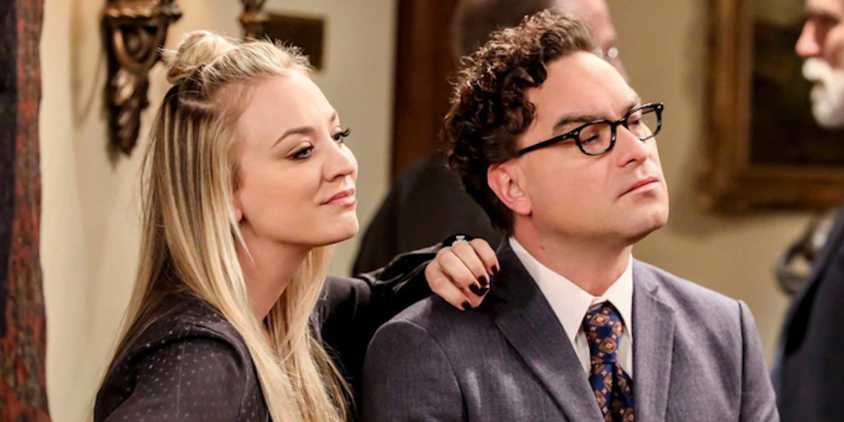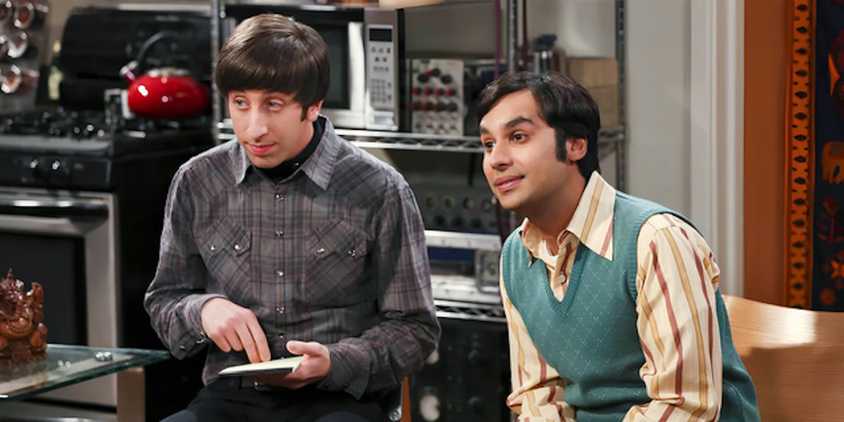If Young Sheldon won you over with its brainy heart and family fireworks, Malcolm in the Middle deserves a spot at the top of your watchlist. Long before The Big Bang Theory’s spinoff reimagined Sheldon’s childhood, Malcolm in the Middle pioneered a similar premise—and went places Young Sheldon either sidestepped or saved for other spinoffs. From the messy realities of growing up gifted to the thornier edges of family life, Malcolm tackled themes that The Big Bang Theory’s universe only brushed against.
A Shared Blueprint: Gifted Boys, Messy Households
Two Sitcoms, One Familiar Family Dynamic
Young Sheldon and Malcolm in the Middle orbit the same core idea: a brilliant boy trying to find his footing inside a hilariously dysfunctional family. Each series features a book-smart kid flanked by a well-meaning but hapless dad, a formidable mom who keeps chaos in check, and siblings who alternate between menace and loyalty. Their shared DNA is unmistakable—yet how they deploy it leads to very different outcomes.
Young Sheldon used its run to patch some of The Big Bang Theory’s long-debated backstory. It clarified why Sheldon believed his father was unfaithful and detailed George Sr.’s death with care. But not every thread was tied off. Questions about Georgie and Mandy’s future, for instance, were deliberately passed to the next series in the franchise, Georgie & Mandy’s First Marriage, making it clear that Young Sheldon wouldn’t solve every lingering plot hole.
The most striking discrepancy involves Sheldon’s school years. In The Big Bang Theory, adult Sheldon describes relentless childhood bullying driven by his prodigy status. On Young Sheldon, however, the on-screen bullying is brief and comparatively gentle—most notably a single episode involving a younger girl—leaving viewers with a notably softer portrait of his formative years.
The Bullying Storyline One Show Tackled Head-On
How Malcolm Turned Painful Truths into Sharply Observed Comedy
Where Young Sheldon largely downplayed bullying, Malcolm in the Middle made it a recurring—and revealing—part of its narrative. Nearly 20 years before Sheldon relocated to a single-camera format, Malcolm in the Middle anchored its comedy in the anxiety of a gifted kid navigating a world that doesn’t slow down for him. The result was a funnier yet tougher portrayal of adolescence that resisted glossing over the rough edges.
Malcolm’s blue-collar upbringing kept any whiff of superiority in check. Frankie Muniz’s Malcolm was smart enough to see the systems stacked against him—and unlucky enough to feel them firsthand. The series addressed taunts, peer pressure, and schoolyard cruelties without losing its comedic bite. Its theme song even spells out the thesis: “Life is unfair.” That refrain isn’t just catchy; it’s an ethos that gave the show permission to be honest about growing pains.
By comparison, Young Sheldon focused more on warmth than war wounds. While Georgie’s path did include dropping out of school and stumbling through early adulthood, the show’s overall tone leaned cozy and nostalgic, with adult Sheldon’s narration easing the edges of every memory.
Stylistic Twins With Distinct Personalities
Single-Camera Wit, Two Very Different Storytellers
Fans noticed the stylistic bridge between the series the moment Young Sheldon ditched its parent show’s laugh track and embraced a single-camera approach. It added a narrator—Jim Parsons—whose wry commentary turned each episode into a reflective memoir and softened even the hardest moments.
Malcolm in the Middle, on the other hand, throws you straight into the storm. Its humor is darker, zippier, and more anarchic. Muniz frequently breaks the fourth wall, speaking directly to the audience with a conspiratorial wink that makes every predicament feel immediate. If Young Sheldon is a scrapbook of fond recollections, Malcolm is a live wire you can’t put down.
From Star Vehicles to Ensemble Comedies
When the Family Steals the Spotlight
Both shows evolved beyond their titles. What began as a showcase for one prodigy in each series gradually spread its attention to the rest of the family. By their final seasons, viewers often tuned in as much for the ensemble’s escapades as for the central genius’s latest breakthrough or meltdown.
This expansion underscores another divide. While Young Sheldon softened some of the harsher realities of growing up different, Malcolm consistently leaned into them. It mined comedy from failure, friction, and the wildness of siblings under one roof—without pretending those things don’t sting.

That willingness to live in the discomfort is what made Malcolm’s world feel so grounded. From the older brother shipped off to military school to bullies who never let up, the series refused to turn adolescence into a fairy tale. It was messy, honest, and very, very funny.
Where to Watch and What’s Next
Streaming Now—and a New Chapter on the Horizon
Curious where to start? Malcolm in the Middle is streaming on Hulu, serving up seven seasons of razor-sharp family comedy. And there’s more on the way. Disney+ has greenlit a revival titled Life’s Still Unfair, slated to premiere in December 2025 as a four-episode event that reunites most of the original cast. With Young Sheldon wrapping its run in 2024, now is a prime moment to dive into a spiritual cousin that shaped the template many modern family comedies follow.

For context, The Big Bang Theory had its own creative controversies over the years, but it never shied away from poking at pop culture’s sacred cows—long before certain beloved TV characters took their final bows. That willingness to critique, reframe, and expand its universe laid the groundwork for spinoffs like Young Sheldon and now Georgie & Mandy’s First Marriage.
Performances That Still Shine
Frankie Muniz Leads, but Bryan Cranston and Jane Kaczmarek Steal Scenes
Across 151 episodes, Malcolm in the Middle tracks its hero from elementary school to high school graduation. In the margins, Reese finds new and inventive trouble, Dewey develops into a wonderfully oddball visionary, and Francis claws his way from military academy to messy adulthood. The ensemble is a case study in character evolution—funny at first glance, richer upon return viewing.
And then there are the parents. Bryan Cranston’s Hal and Jane Kaczmarek’s Lois are two of television’s most memorably flawed caregivers—neurotic, ferocious, loving, and frequently overwhelmed. They bicker, blunder, and still fight fiercely for their kids. It’s no surprise the show collected seven Emmys and a Peabody Award along the way; the performances are as fearless as the writing.
Why This Matters
Malcolm in the Middle doesn’t just complement Young Sheldon—it completes the picture. If Young Sheldon is the gentle recollection of a genius’s youth, Malcolm is the unvarnished snapshot of what that youth often feels like in real time. Together, they trace different arcs of the same story: how extraordinary kids survive ordinary chaos. For fans craving more than nostalgia—more bite, more honesty, more controlled mayhem—Malcolm in the Middle delivers. And with a revival on the calendar, there’s never been a better time to see why its blueprint keeps resonating across TV’s smartest family comedies.
